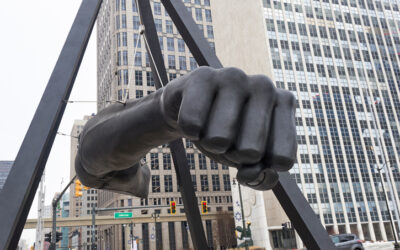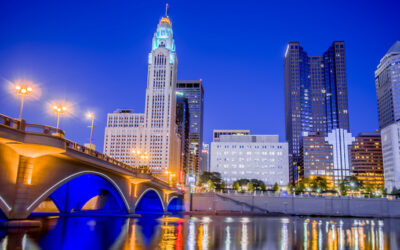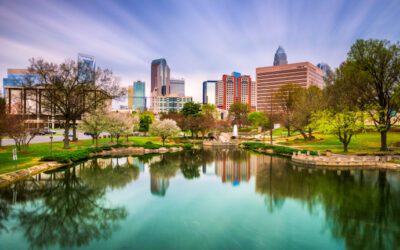Not from around here?
That’s okay. Okies are a friendly and welcoming bunch. If you’re lucky we might even drop off some homemade pecan praline when you move in.
While it might take you a while to master the unique not-quite-Southern and not-quite-Midwestern accent spoken by born and bred residents, you can at least sound like you are not a total stranger if you can get local place names and landmarks right.
Also Known As
Tulsa is located in the heavily-wooded rolling hills of the Oklahoma “Green Country”, and is the second largest city in the state after Oklahoma City.
Tulsa is often referred to as “T-town”. A former moniker, “The Oil Capital of the World”, was borne out of the 1900s oil boom. The city’s original name was “Tulasi” meaning “old town”, a designation given by the local Creek Native American tribe.
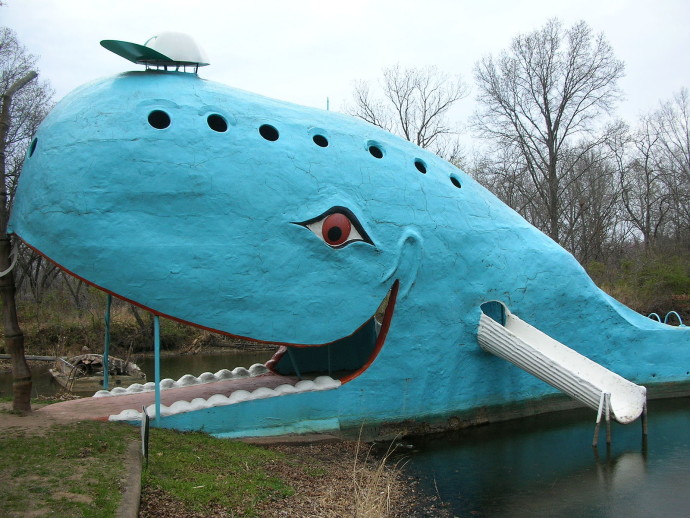
The Blue Whale of Catoosa is a famous roadside attraction.
The Native Tongue
Several cities and counties feature Native American names, which for the most part are spelled phonetically. However, Okies don’t necessarily emphasis the same syllables as New Yorkers, Angelinos or even Arkies. Here’s how to say many of the place names you are sure to encounter and not sound like a lost tourist: Sapulpa (suh-PULP-uh) Catoosa (kuh-TOOS-uh) Owasso (oh-WAH-so)
Neighboring counties are Muskogee (musk-O-gee), Okmulgee (oak-MULL-gee), Osage (O-sage) and Creek.
It isn’t just the Native American names that might throw newcomers for a loop, the areas German and French influences can be just as tongue twisting. The town of Jenks is pronounced jinx, as in bad luck. The S in the town Verdigris (VUR-duh-gree) is silent, although there are some detractors who do pronounce the S.
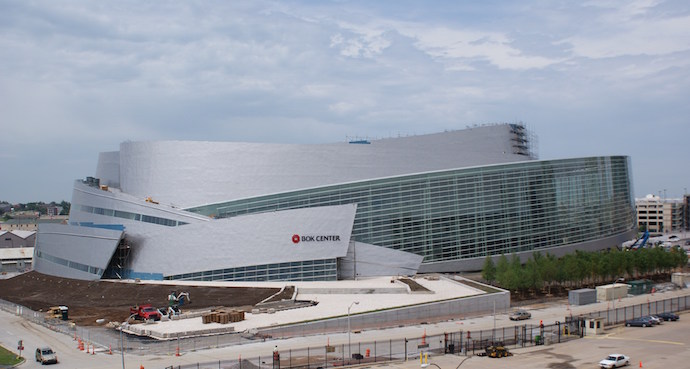
You’ll “be okay” at the BOK Center in Tulsa.
Getting Around Downtown
Downtown, streets running east-west are numbered; north-south streets are named alphabetically. Example: Boston, Cincinnati, Detroit and Elgin. Due to ongoing improvements some streets are being converted from one-way to two-way; while other streets are remaining one-way, so keep an eye out.
Even-numbered addresses are on the south or west side of the street. Odd-numbered addresses are on the north or east. Main Street is the dividing line for the east and west quadrants. Admiral Boulevard is the dividing line for north and south.
The Inter Dispersal Loop is a highway that circles downtown and connects to all the other Interstates, you will most often hear it referred to as the I-D-L. You’ll likely hop onto it to take in an Oilers hockey game or a sold out concert at the BOK Center (B-O-K). Named after the Bank of Oklahoma, the 19,000-seat arena is the city’s preeminent venue.
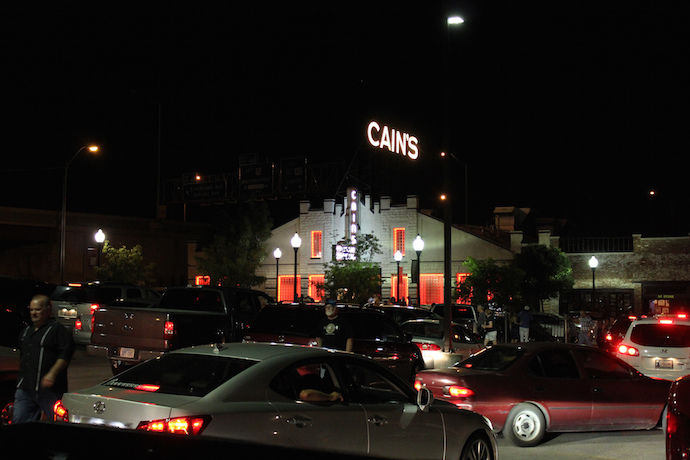
Wear your best boots when you go to The Cain’s. Photo by Nicolas Henderson.
Brady Arts district
The Brady Arts district, named for Brady Street is home to two local icons – the Cain’s Ballroom, known as the original home of Bob Wills and his Texas Playboys, and the Brady Theatre, affectionately called “The Ole Lady on Brady”.
“The Cain’s”, as it’s called by Tulsans, is a music venue that has featured performers such as Robert Plant, Elvin Bishop and Asleep at the Wheel.
The Brady Theatre, built in 1914, is best known for its excellent acoustics and art-deco styling. This intimate, 2,800 seat venue hosts top touring bands such as John Mellencamp, Graham Nash and Tori Kelly.
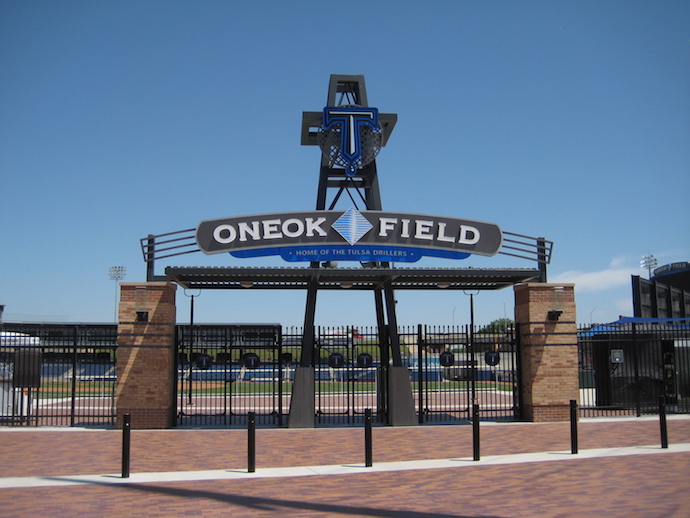
Watch a ball game at ONEOK field, just pronounce the OK part like you would in Oklahoma. Photo by Nmajdan
Greenwood Historical District
This district known for its rich musical heritage is home to ONEOK Field, (pronounced ONE-oak) home of the Tulsa Drillers, Tulsa’s minor league baseball team. Once referred to as America’s “Black Wall Street” by Booker T. Washington, this neighborhood became a prosperous center for African American-owned businesses in the early 1900s. Two well-known universities reside here; Oklahoma State University – Tulsa and Langston University-Tulsa.
